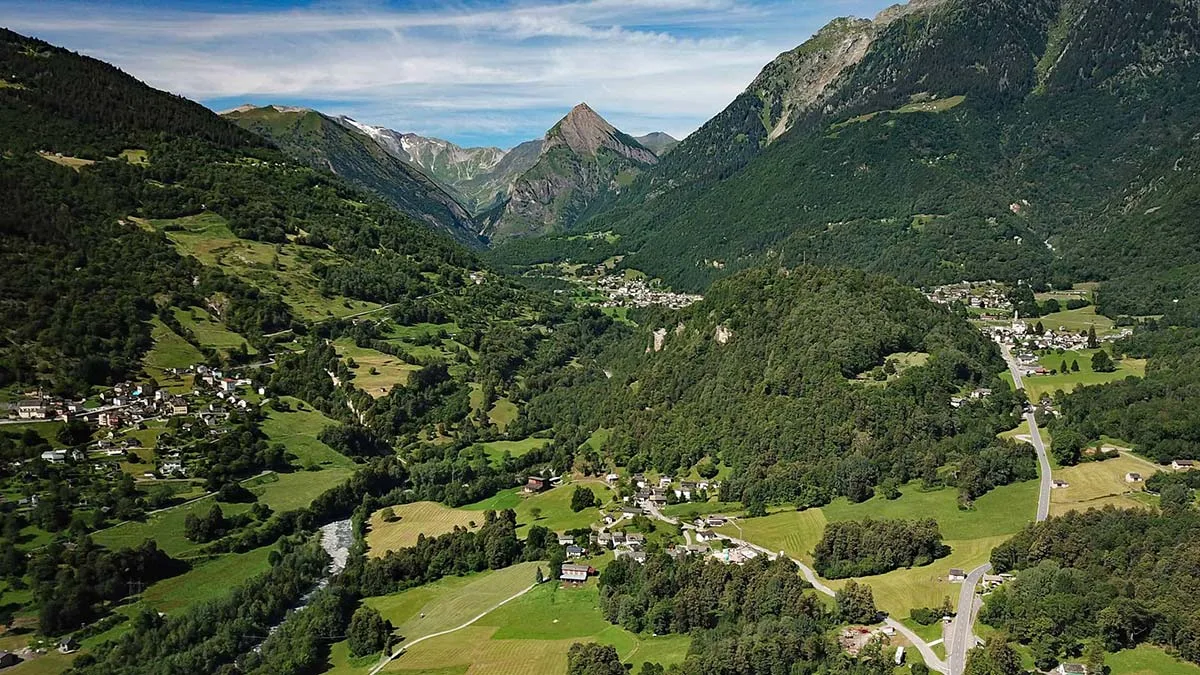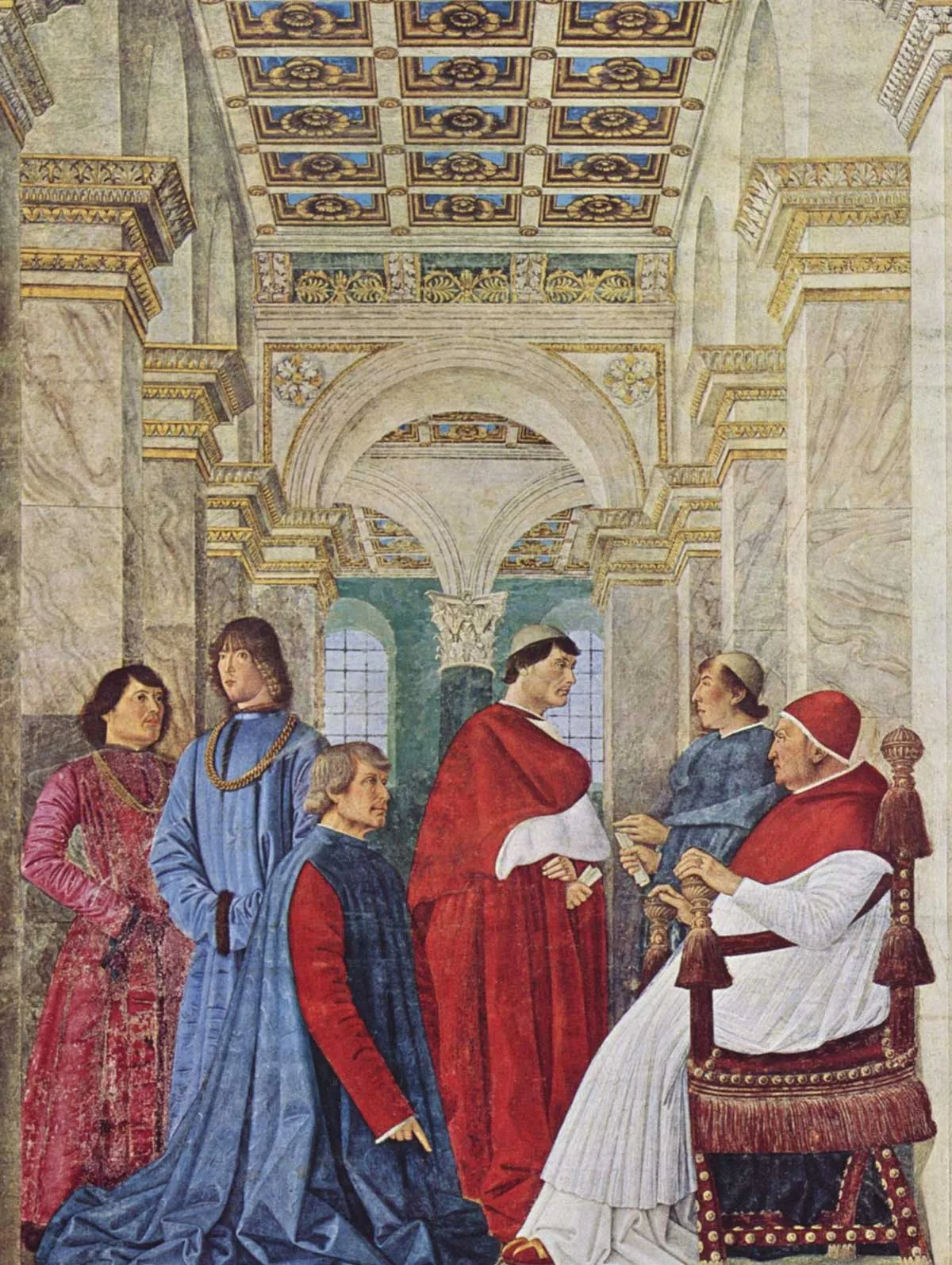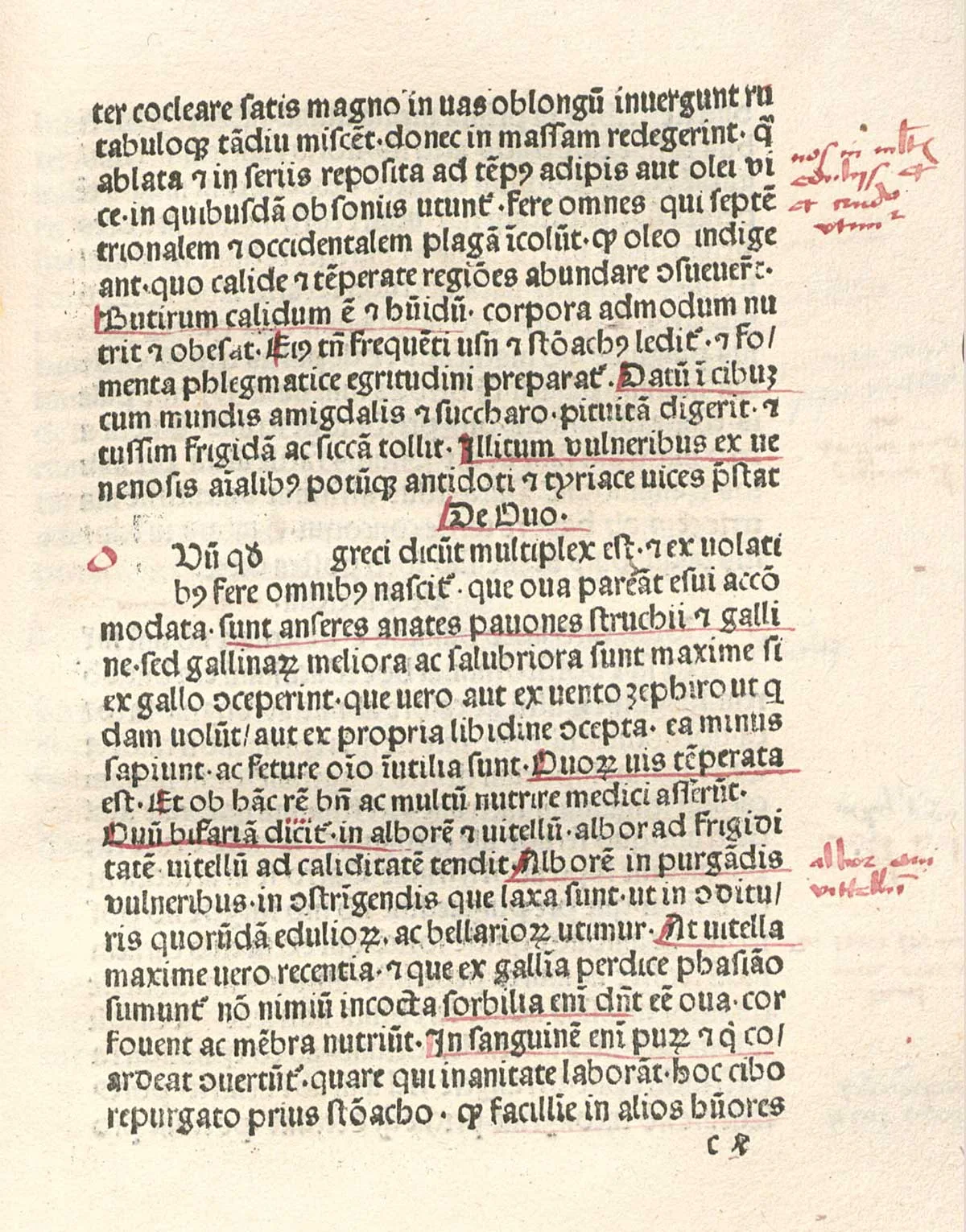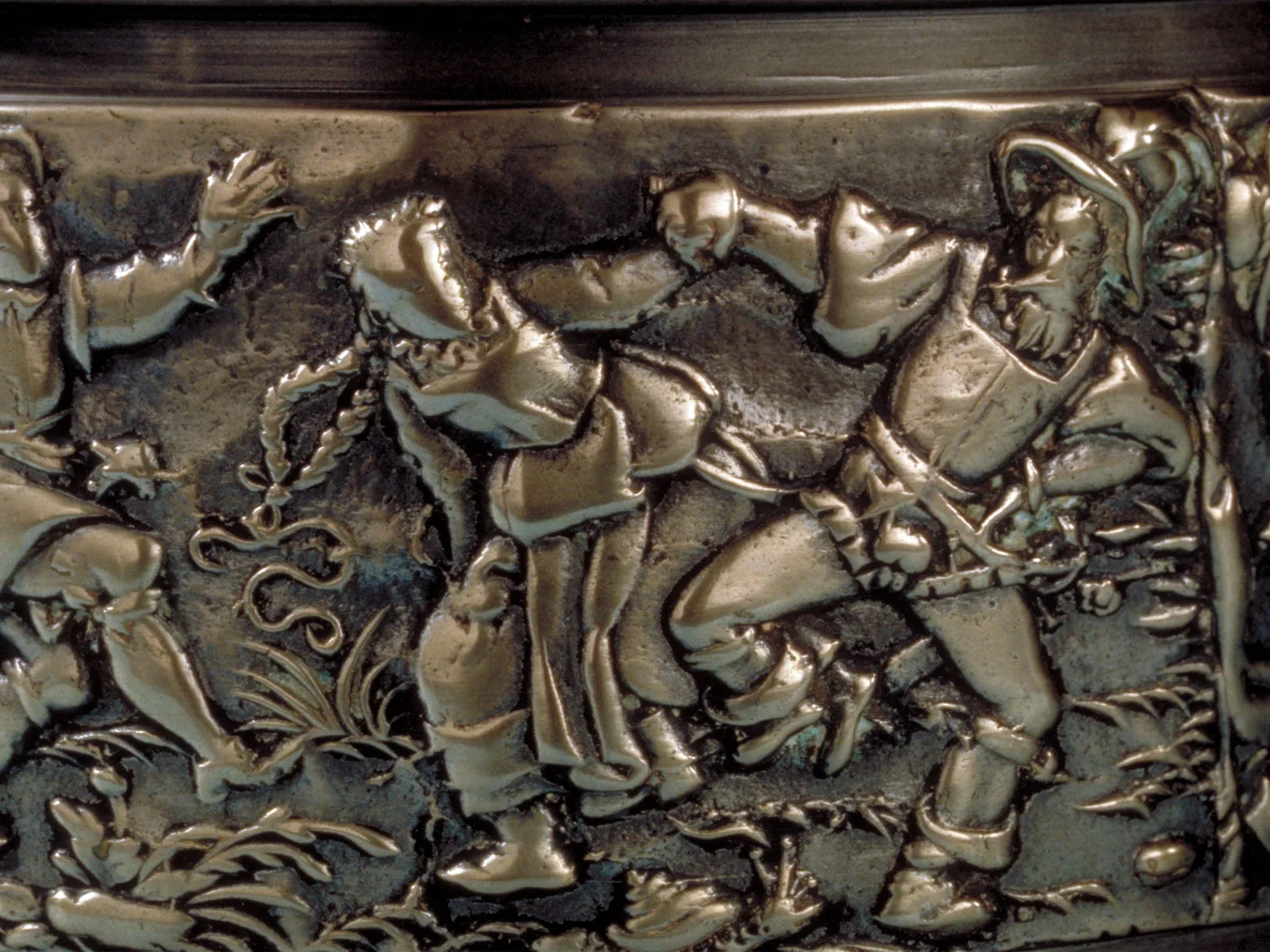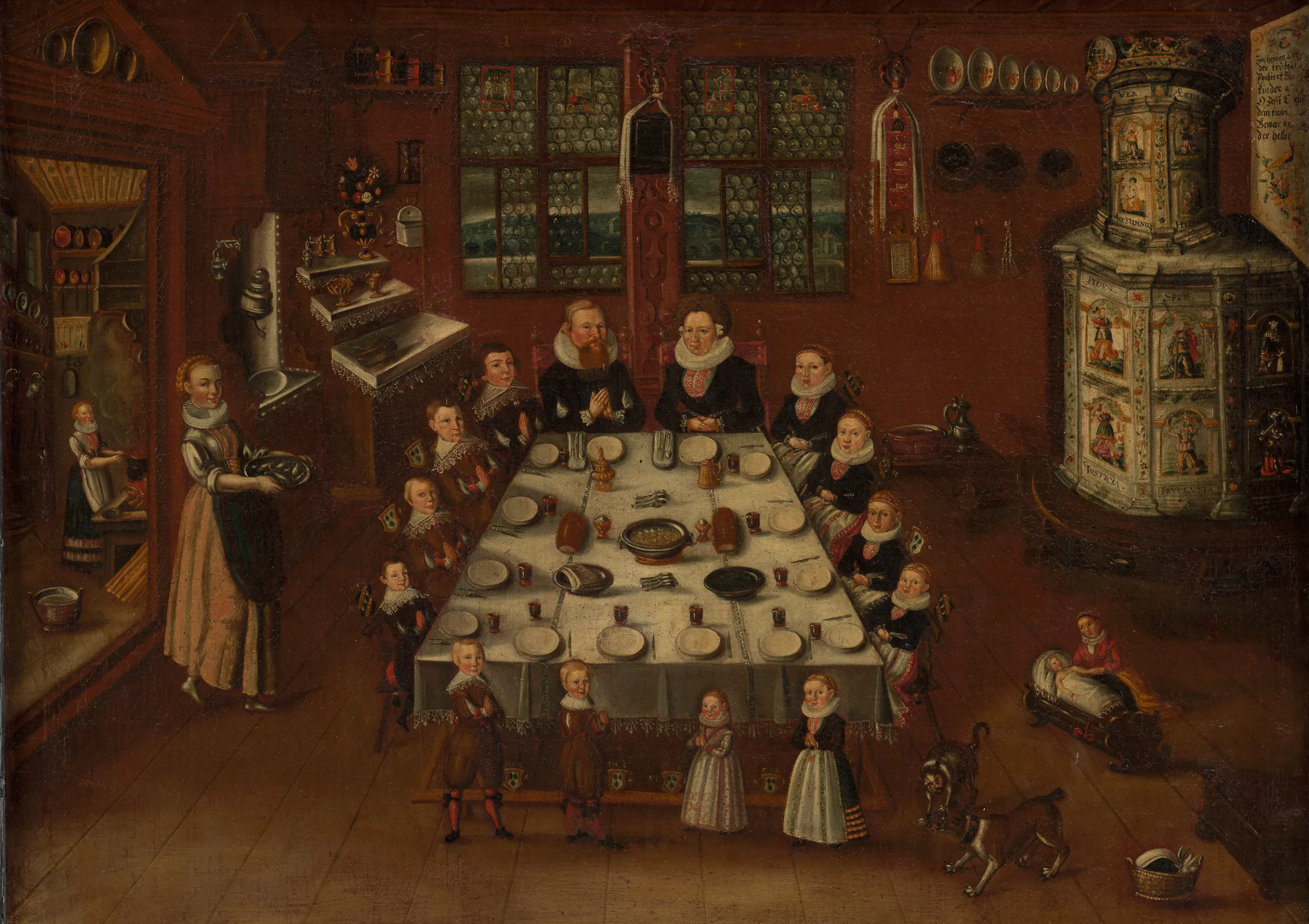
The world’s first celebrity chef
Maestro Martino left his Ticino mountain village, and became the first celebrity chef in history. He built his reputation in the kitchens of the powerful and rich in the 15th century, and is one of the co-founders of Italian cuisine!
